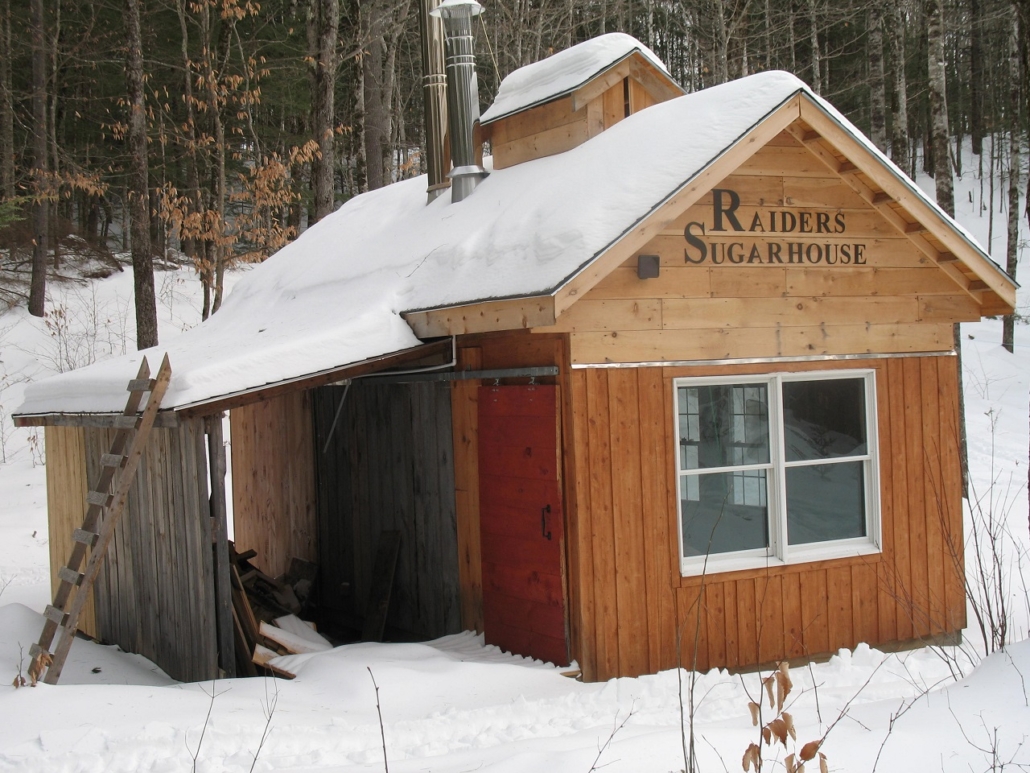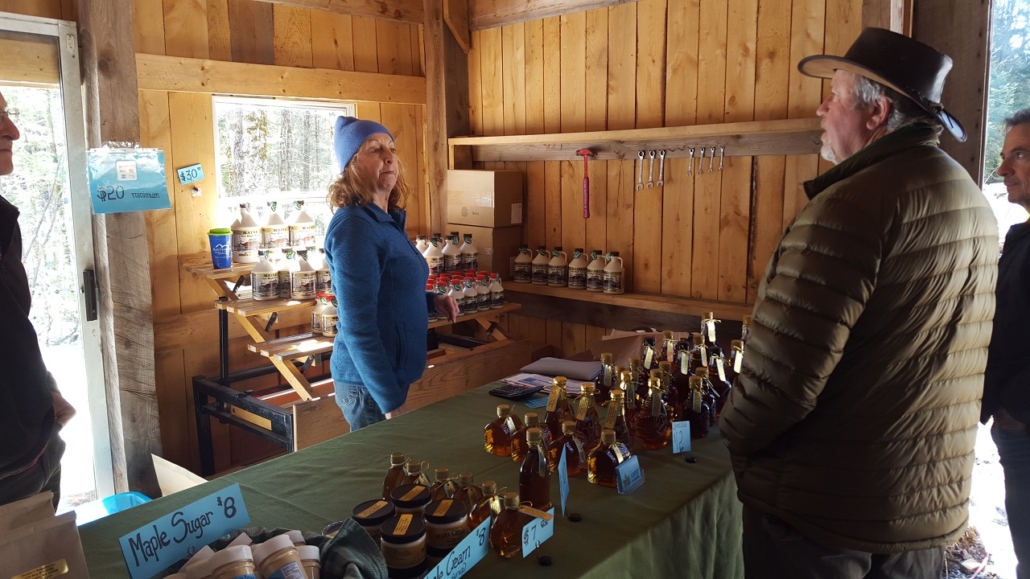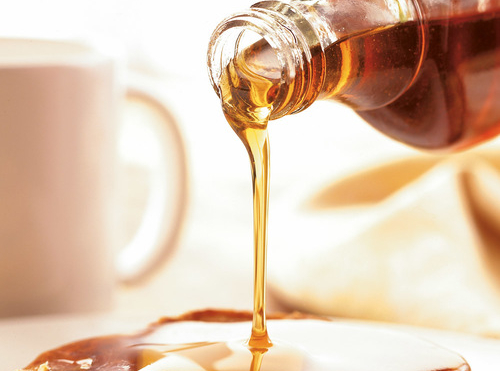I’M JUST CURIOUS: Crazy April holidays

 by Debbie Walker
by Debbie Walker
Another new month coming up. It does traditionally have some stressful holidays but this year you will know there are other days you can choose to give your attention to. It is nice to have a choice and maybe you will find a new favorite.
We will start with probably my least favorite day of the year:
April 1 – April Fools Day. Just remember, no matter how much you enjoy this day, there are some who do not.
April 1 – International Tatting Day. No, this is not celebrating the tattoo artist day. It a day for folks to honor those who are carrying on the skill of tatting beautiful, delicate lace.
April 2 – National Peanut and Jelly Day. No explanation necessary.
April 2 – International Children’s Book Day. Let’s all promote this day by encouraging our young readers by the gift of a book or by reading to a child (Thank you).
April 4 – Tell a Lie Day. It is thought this day was created for politicians, but I am not sure they need their own holiday. Be wary of this holiday.
April 5 – Go for Broke Day. If you can muster up the courage to take a big risk today is your day. You decide if the risk is worth it.
April 6 – New Beer’s Eve Day. Please enjoy responsibly.
April 7 – No Housework Day. Kick back and enjoy! (my favorite!)
April 9 – Name Yourself Day. For the day, change your name to one YOU like, let all your friends know, it’s only one day!
April 11 – Eight Track Tape Day. If you are under 50 or 60 this holiday probably means little to you. To those who remember, enjoy your music or the memories of…
April 12 – Walk on the Wild Side Day. Use this day to do something out of the ordinary, unusual, or even extraordinary.
April 14 – Reach as High as You Can Day. Reach as high as you can to reach and attain, or even surpass, your goals and objectives!
April 15 – That Sucks Day. Celebrate if you must and then Get Over It!
April 17 – Blah, Blah, Blah Day. Do all the projects you have been nagged to do. The Honey-Do List is a good place to start.
April 20 – Look Alike Day. Find someone you really look up to and try to look like them.
April 21 – Happy Birthday day to some folks! I made this one up!
April 23 – Take a Chance Day. Explains itself!
Okay, this became a short month in this column because I need to include the answers to last weeks Word Puzzles. Answers follow:
#1 an almanac; #2 the letter “r”; #3 Farm; #4 the car is 18 months old; the tires are a year older; #5 Leaves; #6 a donkey; #7 Smiles, because there is a mile between the first and last letters; #8 3 inches; #9 Meadowlark; #10 Herein (I, he, in, her, ere, here, rein); #11 Sweet Pea; #12 Sweet Pea.
If you missed the little game, I am sure you can find it in my column on our website.
If you are curious, check it out. And contact me at dwdaffy@yahoo.com. I’ll be waiting!!! Thanks for reading!



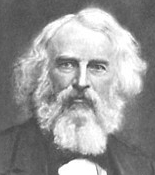
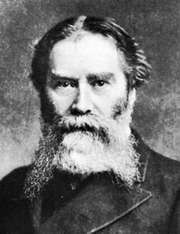
 (NAPSI)—More than 8 million American adults have a condition known as heart valve disease (HVD). While it can be managed, too many people who have HVD don’t know it.
(NAPSI)—More than 8 million American adults have a condition known as heart valve disease (HVD). While it can be managed, too many people who have HVD don’t know it.



